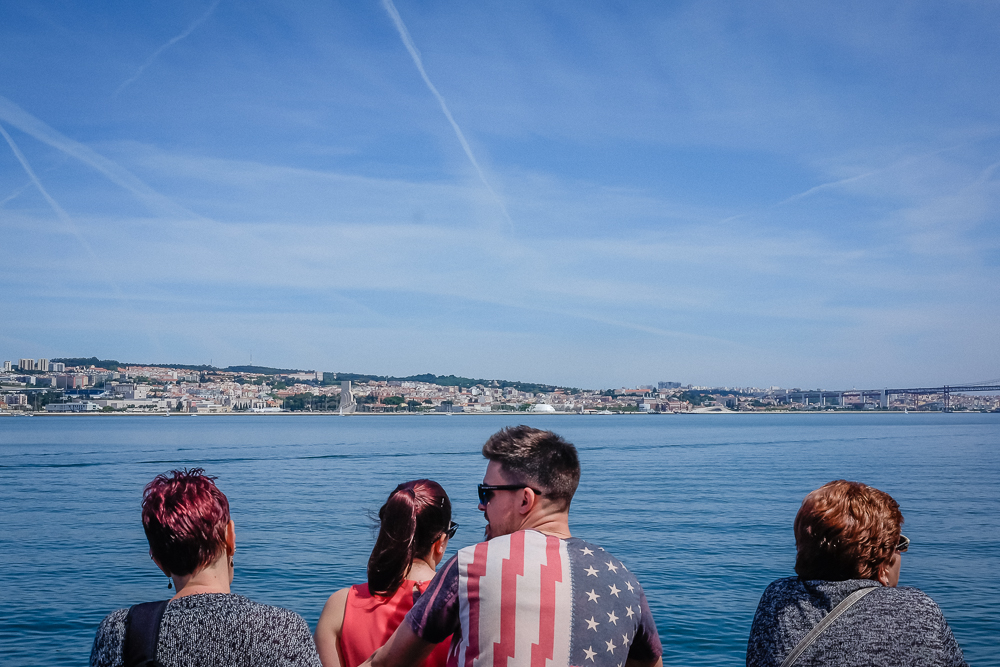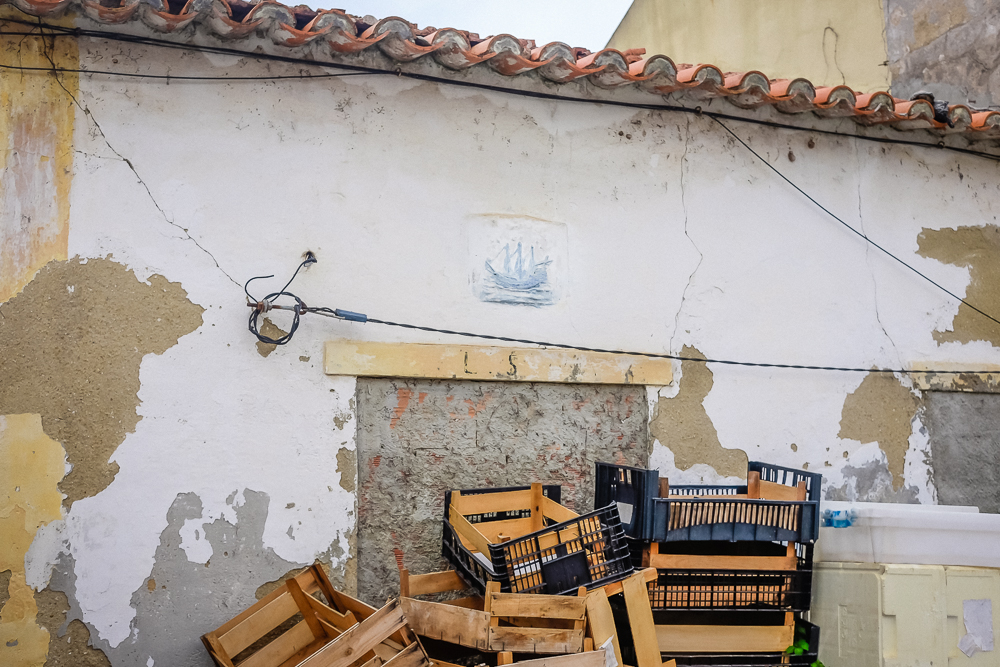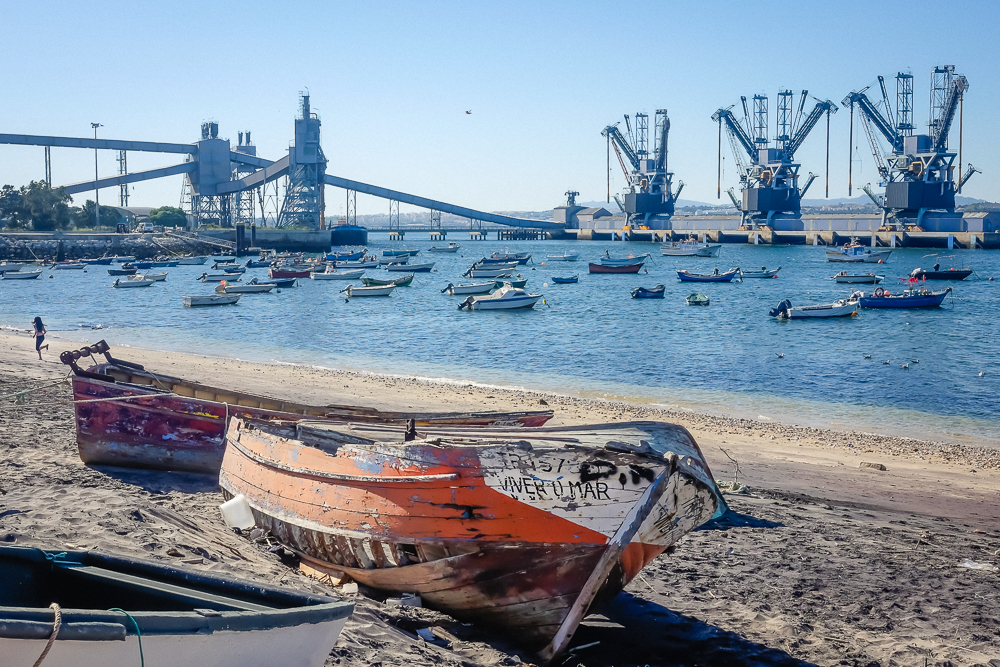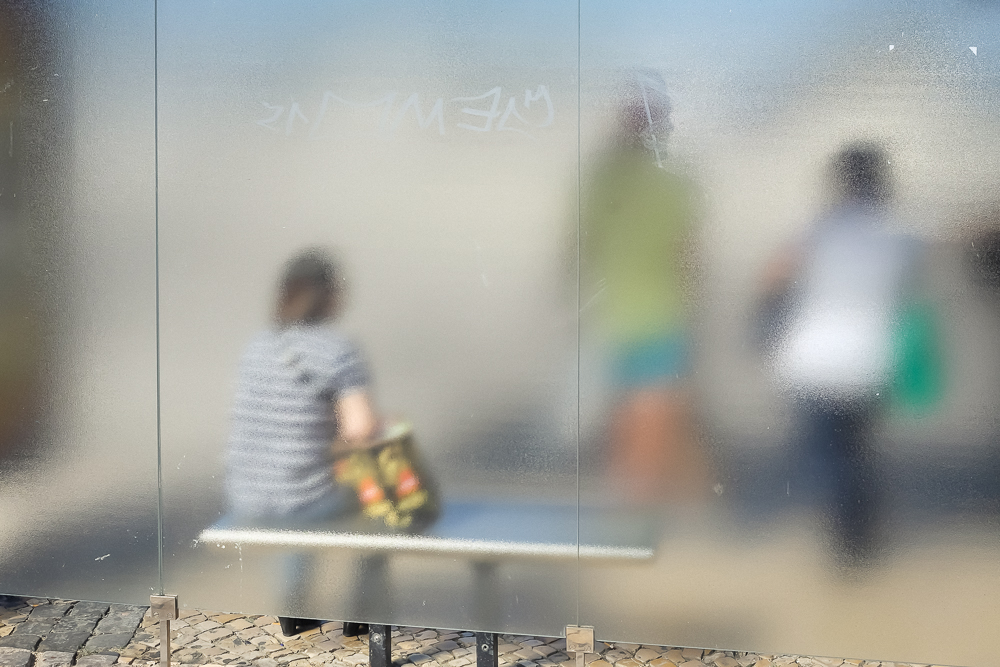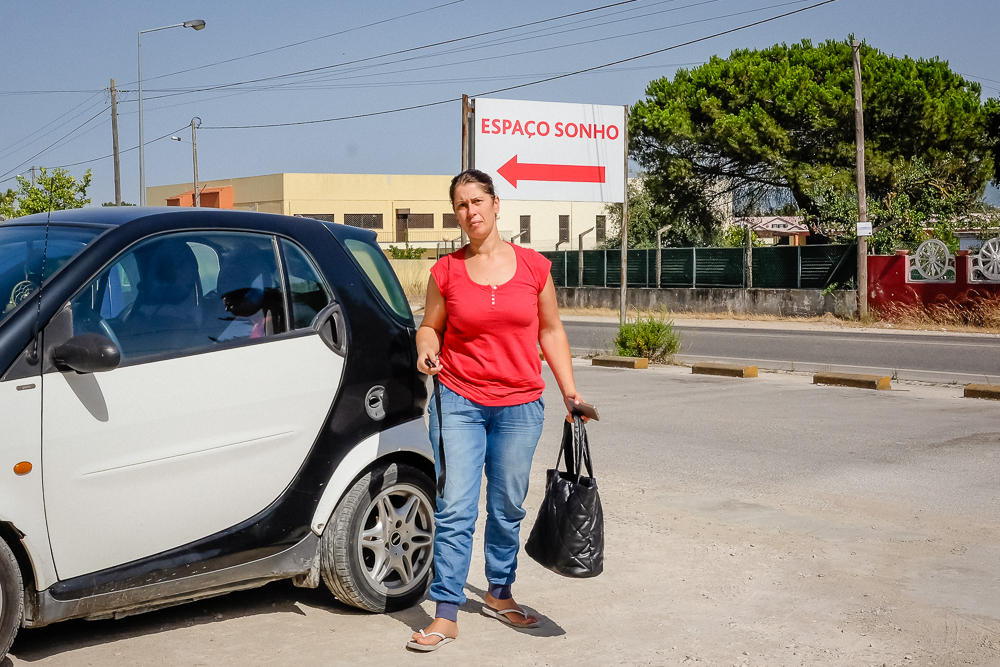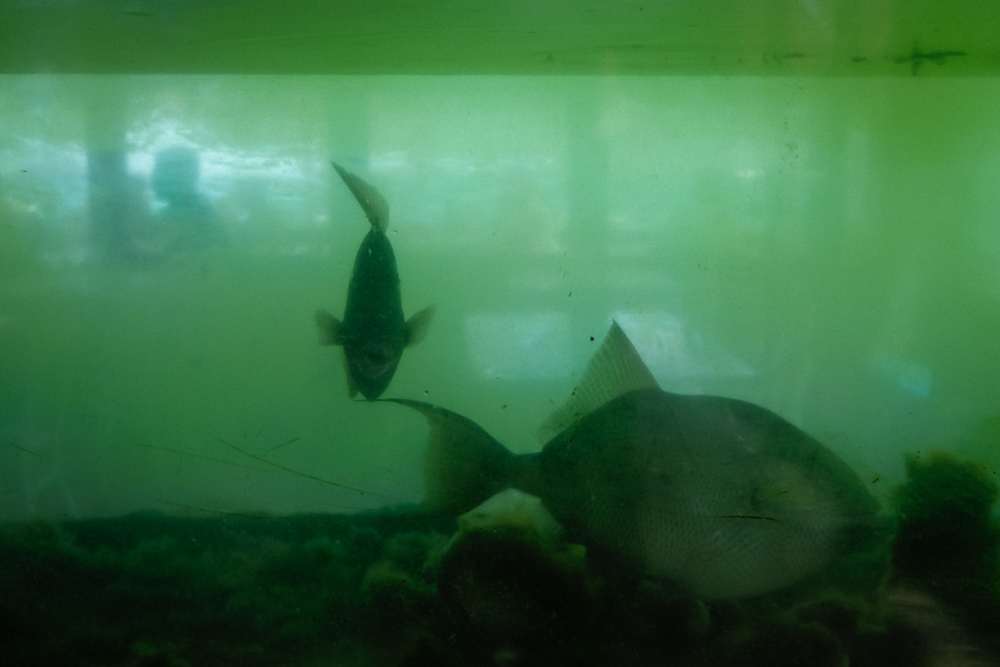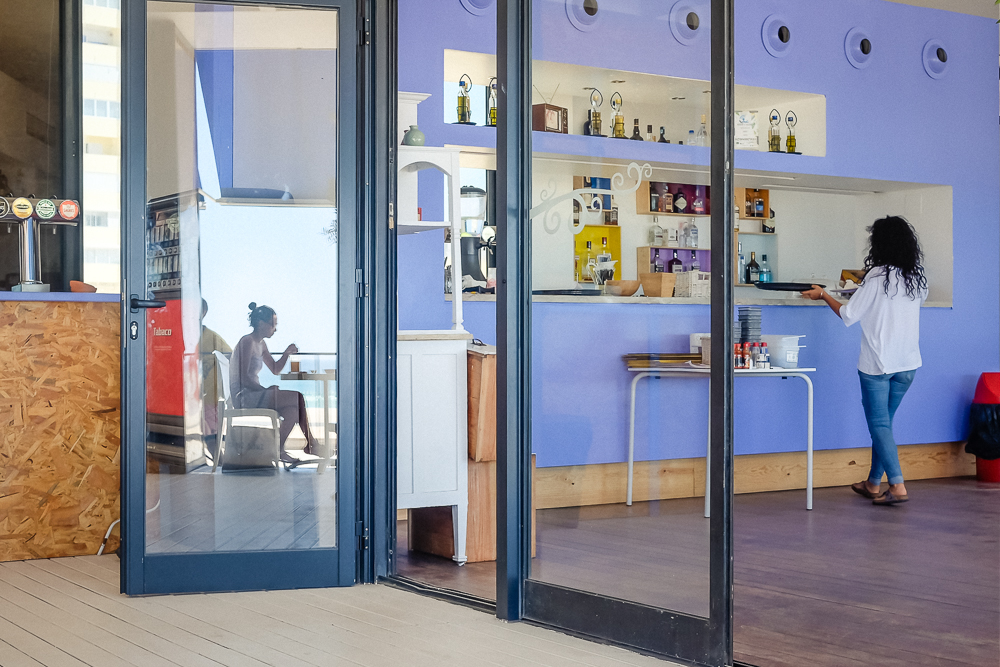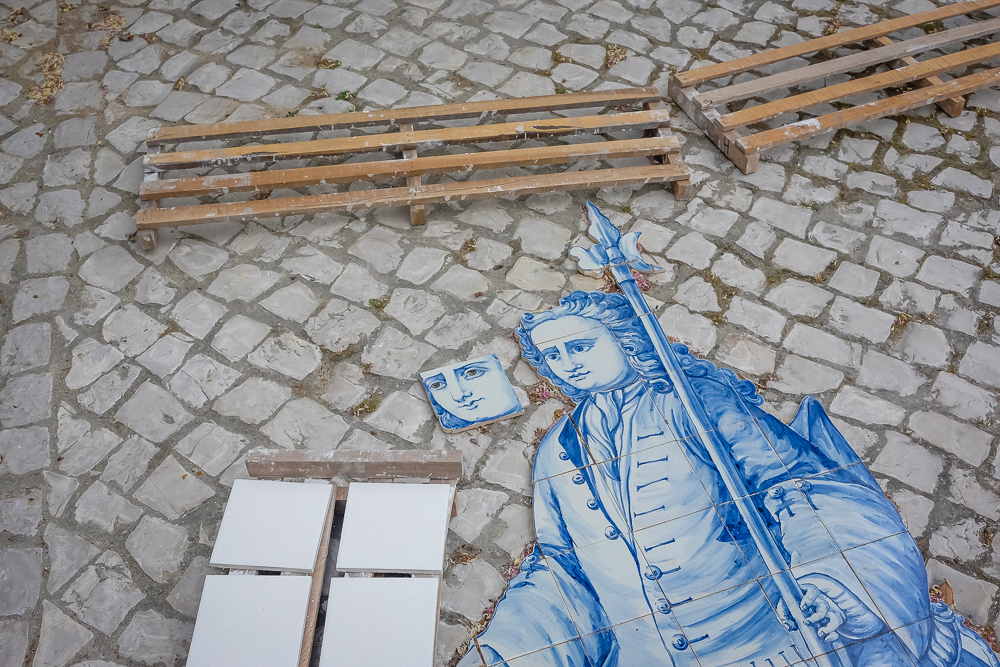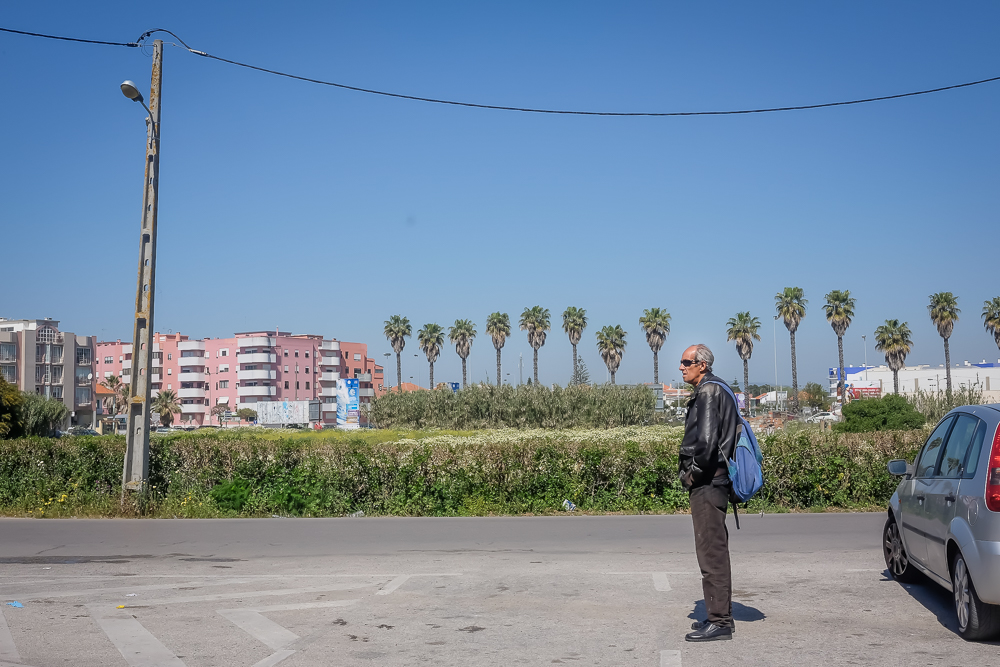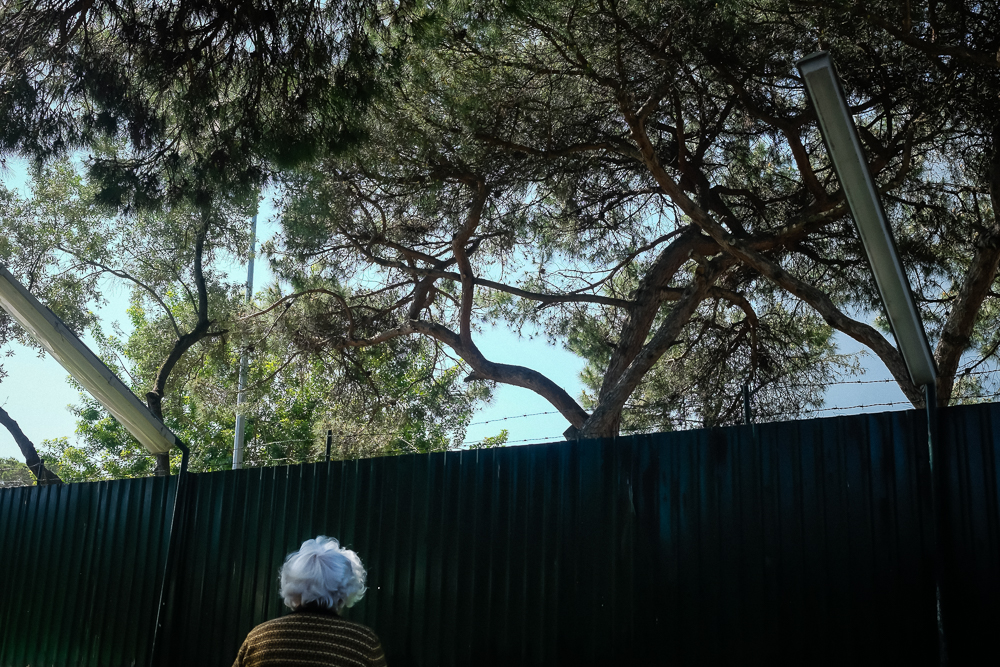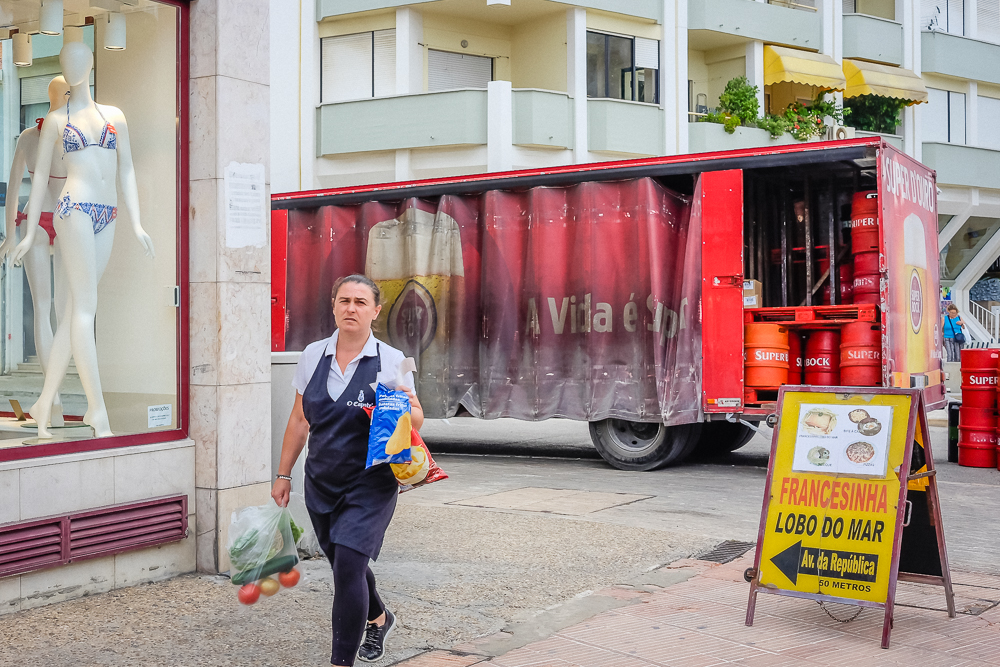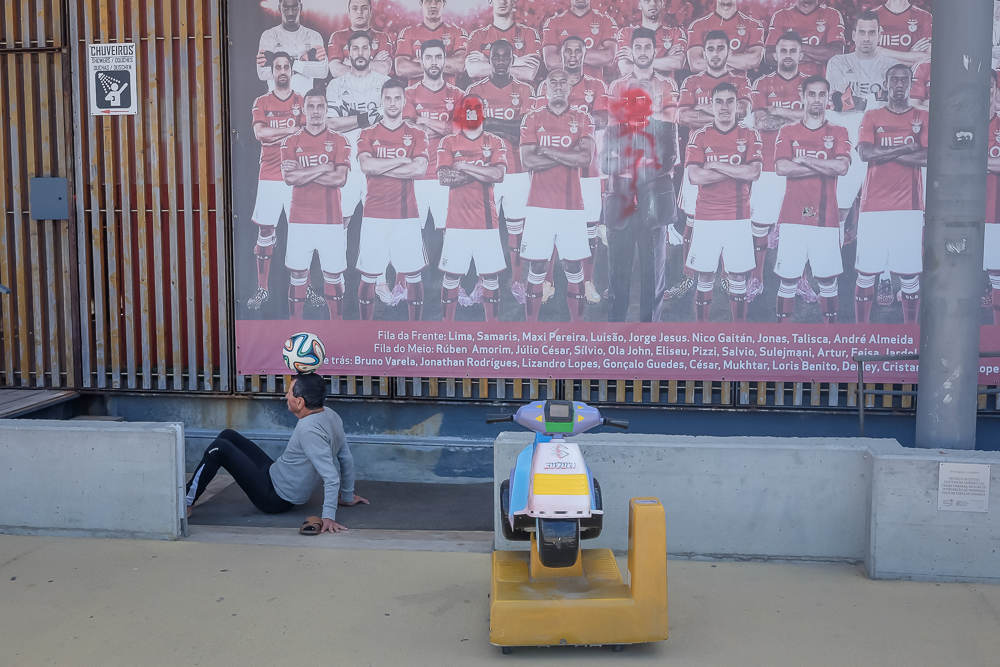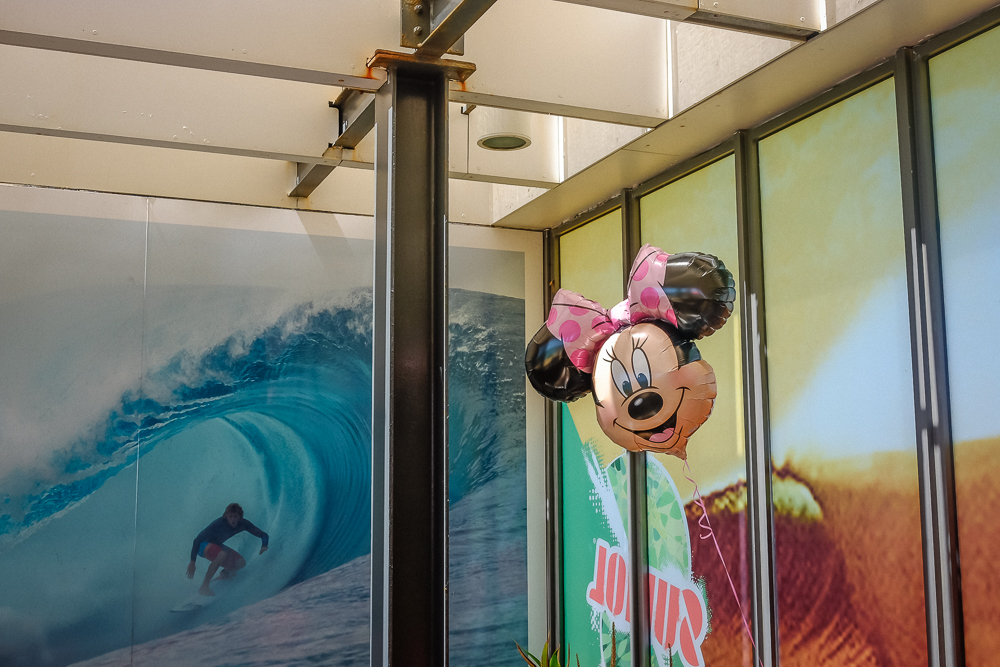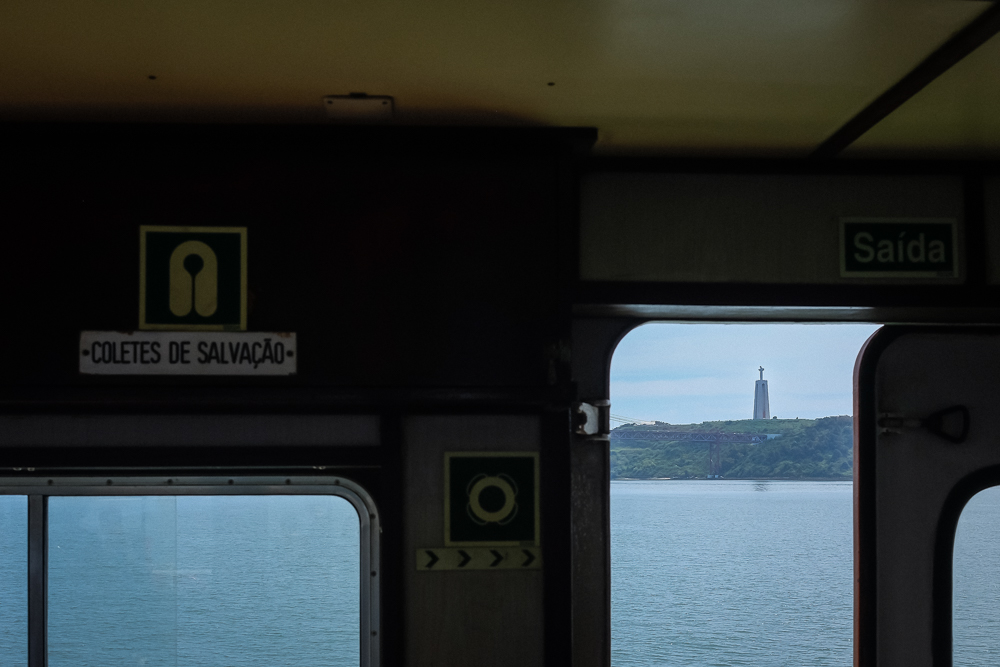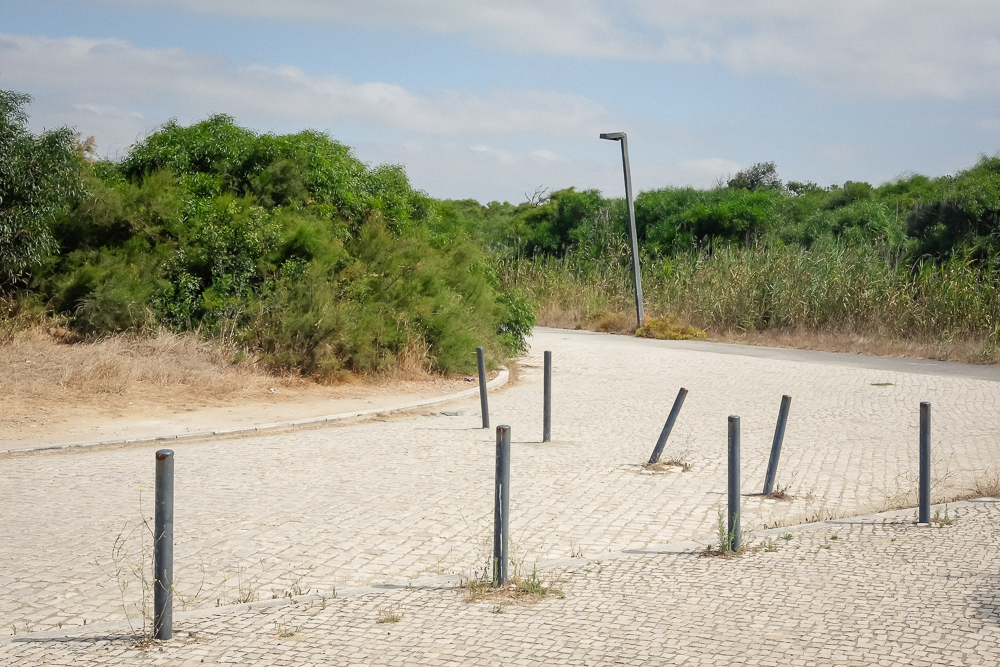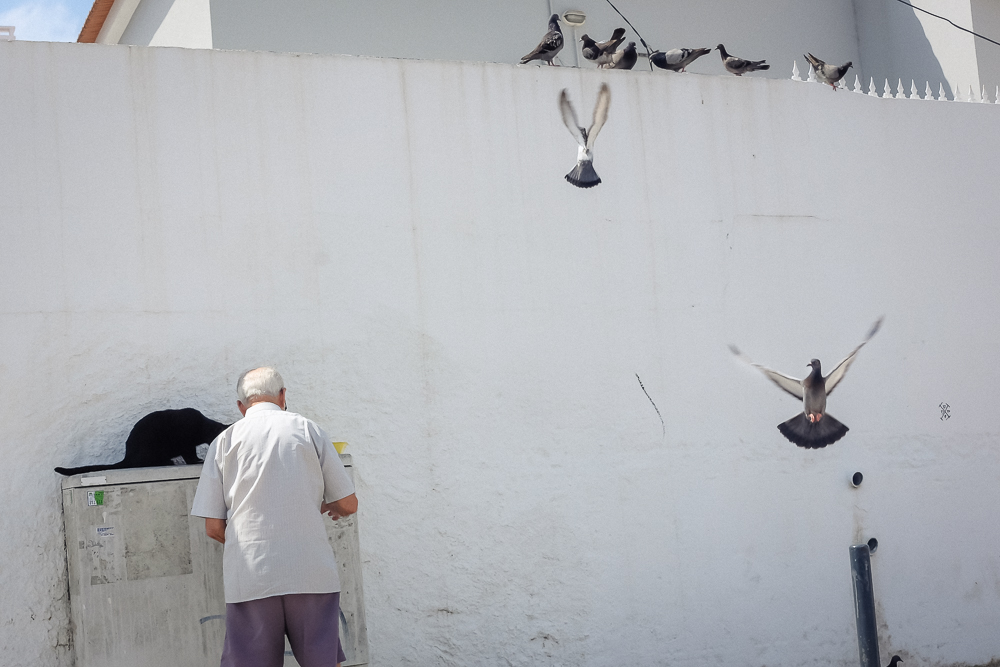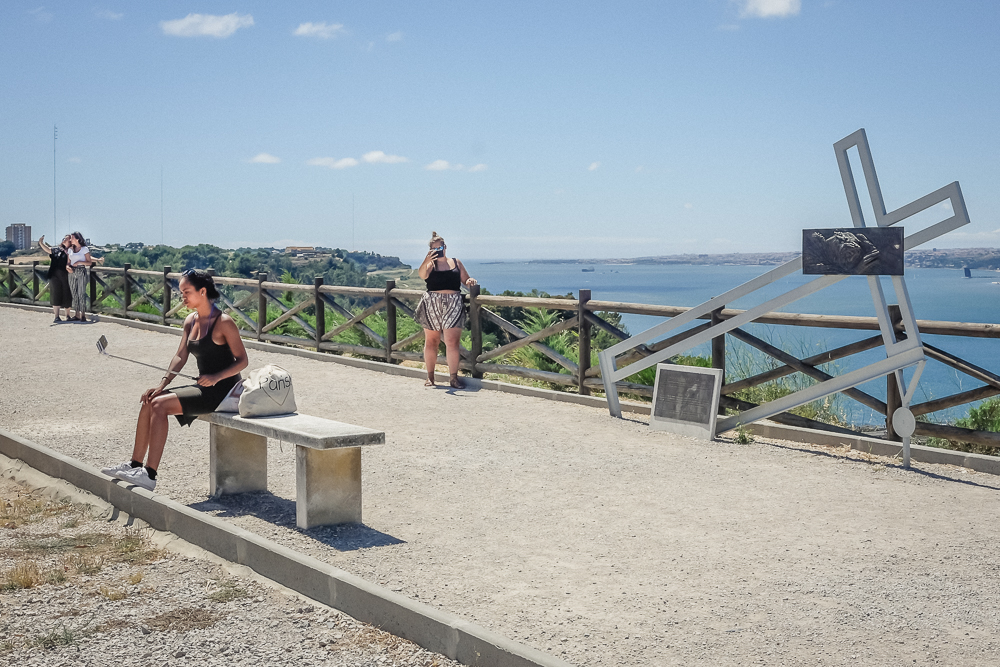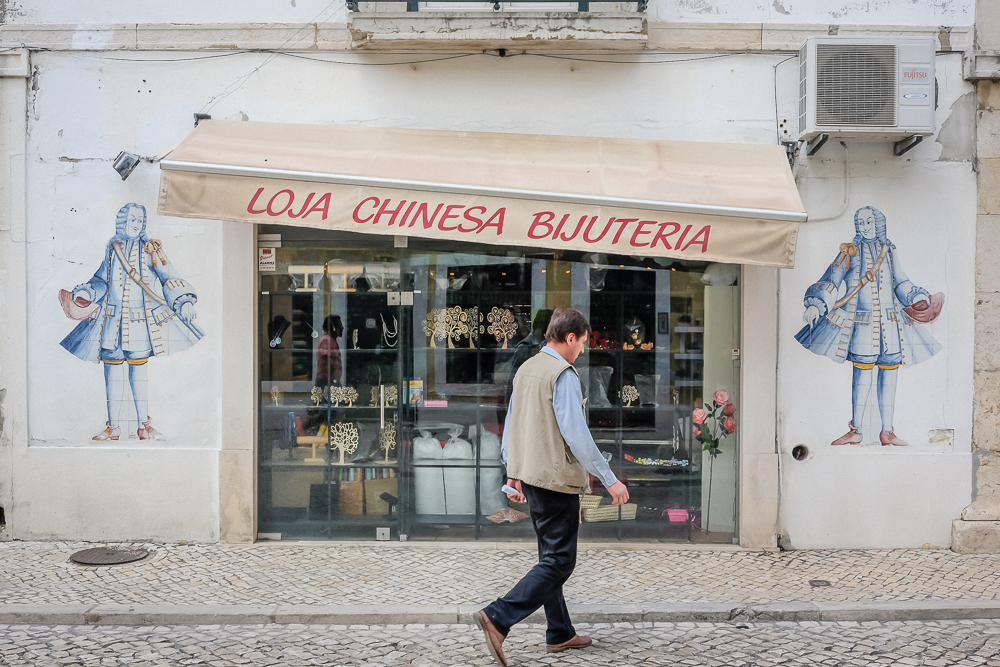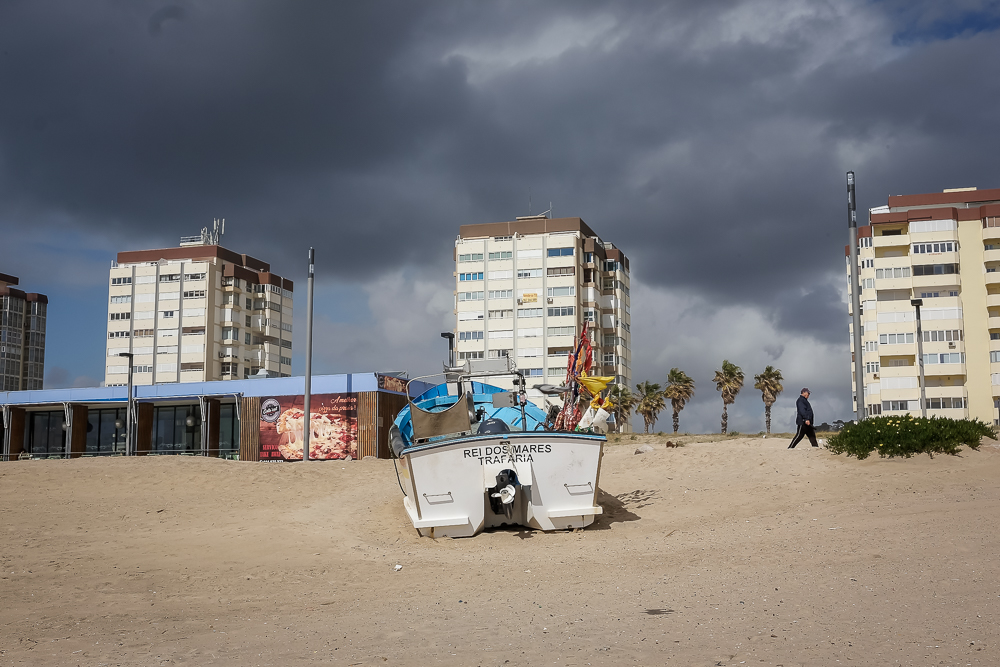Review: Christo Hall
For those who haven’t kept abreast with recent British infrastructural projects, HS2 is a £55bn high-speed railway plan first mooted by David Cameron’s government in 2009. It’s an attempt to renew Northern England’s economic potential after years of neglect from Westminster and deindustrialisation that has accentuated a north-south divide in the country. For its advocates, including the previous chancellor, George Osborne, it will “change the economic geography of this country”, for its opponents it’s over budget and comes at a huge cost to the areas affected – the homes that require to be demolished and the environment.
It’s these various divisions that Tom Jeffreys, in his first book, Signal Failure, grapples with via his attempt to walk the length of the HS2 route – a 119-mile trek that takes him out of Central London, through endless suburbs, beautiful and ordinary countryside and into Birmingham. Along the way he wild camps—in some cases to his own better judgement—in a suburban open space, a pub garden and besides a major road; he meets people that will be affected, in some cases displaced, by HS2; and ponders the disconnect between mind and body as he suffers injury and disappointment halting his attempt to undertake the walk in one sitting.
“For one thing I have learnt that I am not a nature writer. “
It’s nonsense to try to categorise a book to a single genre and it’s especially so for this one as Jeffreys smoothly and deliberately blends elements of nature writing, journalistic reportage and a meta-review of writing about nature and place. Each of these strands raise compelling passages, such as his observations of how an infrastructure project’s simulations and renders fail to depict relationships with real people, conversely his portrayal of a West Midlands dairy farmer’s complex relationship with HS2’s impact on his land, and Jeffreys’ framing of his book in the context of nature writing that has preceded it, making it in part an ode to the likes of Bruce Chatwin, Richard Mabey and Roger Deakin. It’s a signal of how much of an admirer he is of nature writing, and it reveals a kind of imposter syndrome, that Jeffreys feels incapable to write authoritatively about nature – that’s not to say that this is a bad thing, such reverence offers a welcome subjectivity and an absorbing down-to-earth tone.
“Why does building for the future so often involve destroying the past?”
While born in Buckinghamshire – as it happens near enough on the route of the HS2 – Jeffreys’ fascination for cities is not disguised, neither is his comfort within them. Nature, for many city dwellers, conjures up untamed forces and barbarism yet nevertheless is apotheosised because of its embodiment of a simple, more human life. It’s a view that at times leads Jeffreys to see the city as an encroachment, continually eating away at nature’s resources and beauty, and that impresses a strong tone of regret. Is it a metaphor for something that should have been done about HS2 while there was a greater chance of impacting the plans?
Perhaps the author’s greatest contribution is the perceptive and astute power of his social commentaries throughout the book. There are many striking and quotable phrases that come to mind, such as “you can tell officially approved graffiti because the people are always happy” or his insight to point out that state and council-funded outdoor gyms erected at the time of the 2012 Olympics, encouraging exercise, coincided with McDonalds being the Olympics’ official restaurant. In other passages he asks: “at what point does psychogeography become tourism?” or notes that “what bothers me is the implication that the UK’s only landscapes worth saving are those that fit within the aesthetics of the late Romantics.”
“Somebody once wrote that as the mayor he would like to see his local country lanes neat and tidy and easily passable. But as a poet he would prefer them artfully overgrown.”
Signal Failure is an enthralling and irresistible read, and difficult to review because along the way Jeffreys produces a better summary and analysis of his own book and its place in the canon of nature writing better than I or any reviewer could. As such this is a thoroughly researched book, substantiated by the tomes that weigh down his backpack throughout his walk. But it’s also a vital reminder that it takes more than demographic analyses and cost-benefit models to understand the value of our environment and our place within it.
What’s a train without its passengers, a town without its residents, or any kind of journey without its traveller? – Warts, imposter syndrome, injuries and all.
Christo Hall has written for The Quietus, Prospect, Review 31, White Noise and others, often about cities and urbanism. He is online editor of the Bartlett School of Architecture’s LOBBY magazine and founding editor of Cureditor, a site that recommends arts and culture articles.
Signal Failure by Tom Jeffreys is published by Influx Press
